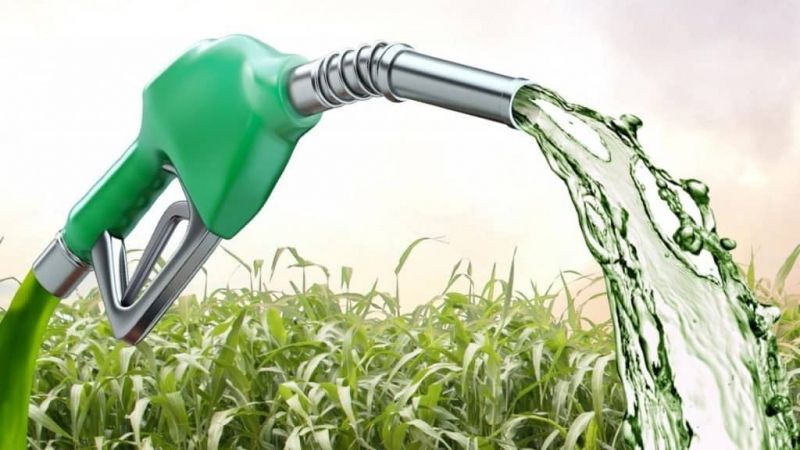Between 2011 and 2017, ethanol trade between the United States and Brazil, the two largest ethanol producers and consumers in the world, was virtually tariff-free.
However, between September 2017 and January 2022, Brazil imposed first a tariff-rate quota and then Mercosur‘s Common External Tariff (CET) of 20% on all ethanol imports, the vast majority of which is supplied from the United States.
Although the tariff was below Brazil’s World Trade Organization (WTO) bound tariff rate of 35%, the tariff rate quota and CET have reduced previously robust bilateral ethanol trade.
Ethanol trade
Brazil temporarily suspended the tariff, effective March 23, 2022, but that suspension expired on January 31, 2023, when the tariff was reimposed at 16 percent.
The tariff then increased to 18% in 2024.
According to the White House Trade Representation (USTR), the United States continues to work with Brazil to reduce its ethanol tariff to provide reciprocal treatment for ethanol trade between the United States and Brazil.
The tariffs applied by Brazil and China on ethanol imported from the United States have had a negative effect on the demand for exports from these markets. The tariffs imposed by China remain unchanged.
These tariffs will likely result in limited ethanol exports to Brazil in 2024 or 2025.
U.S. production
The ethanol industry is competitive with more than 200 ethanol plants in the United States alone.
Currently, the vast majority use corn as feedstock. Their profitability depends largely on fluctuations between the price of corn and the price of ethanol.
According to the Renewable Fuels Association, the U.S. fuel-grade ethanol industry produced more than 15.5 billion gallons of ethanol in 2023, up from 15.4 billion gallons in 2022.
According to the U.S. Department of Energy, total annual U.S. gasoline consumption is approximately 137 billion gallons and total annual fuel-grade ethanol blended with gasoline accounted for approximately 10.4% of this amount in 2023.

